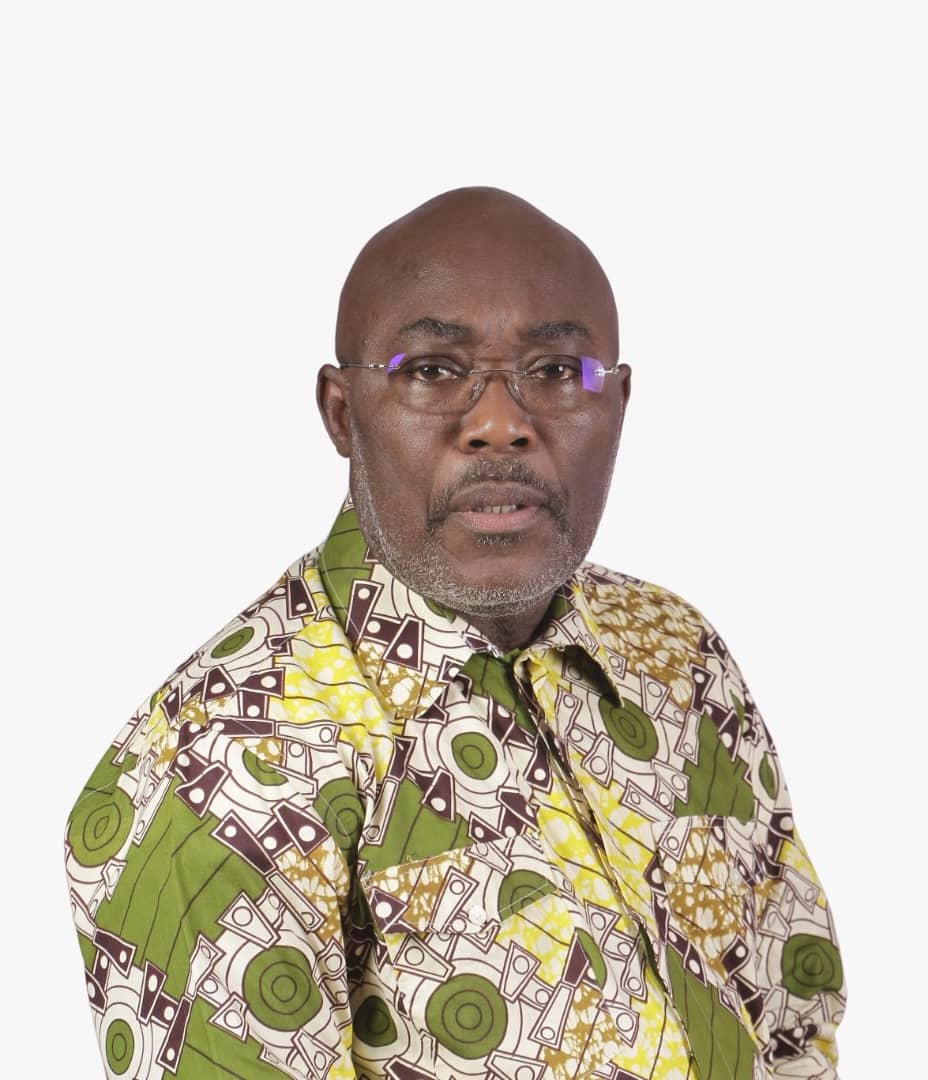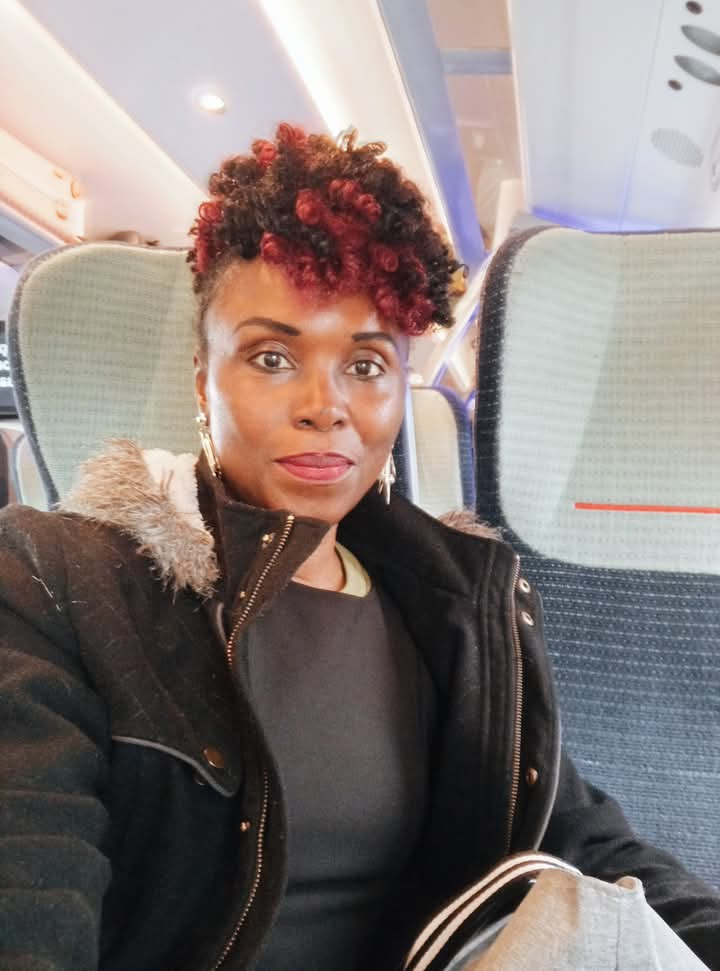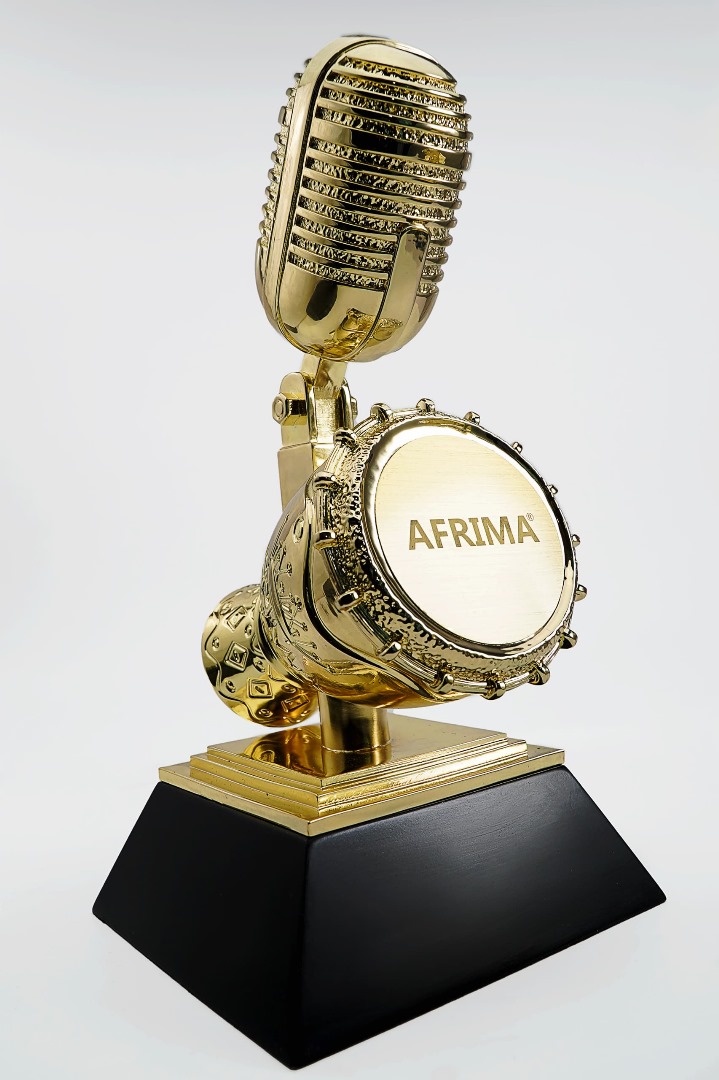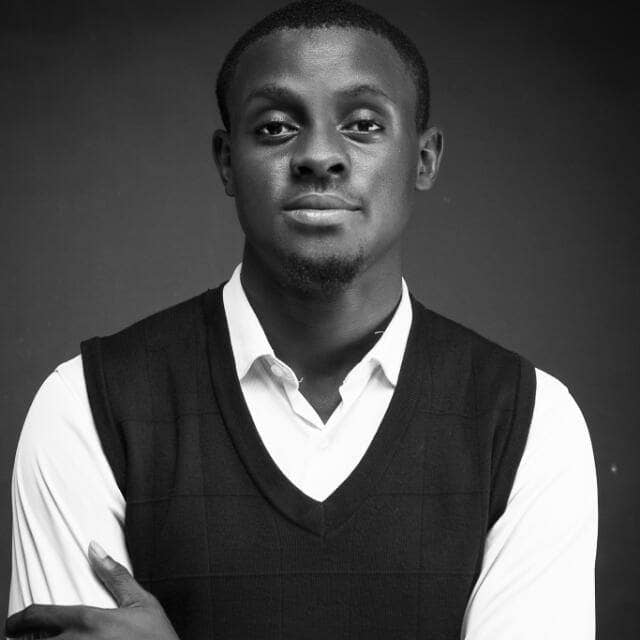‘8,000 Years of Art in Nigeria’ as an act of reclamation, restitution, says Onuwaje

* ‘We stand at a moment where heritage and innovation meet’
By Anote Ajeluorou
WITH a telling subtitle ‘A Window into the Soul of a People’, cultural expert, curator, folklorist and publisher, Mr. Oriiz U. Onuwaje is seeking a spectacular connection between what was left out in the vast continuum of the historicity of art in Nigerian. While Africa’s oral history might have done some damage that western anthropologists latched on to write off the continent as lacking history, recent findings have proven this western perception lazy and racist. But when exactly did art in Nigeria begin? What depth of history does it command that is lost? And how can that lost connection be reestablished for historical accuracy and connection? This is the onerous task Mr. Onuwaje has set for himself in his forthcoming work, 8,000 Years of Art in Nigeria: A Window into the Soul of a People.
And now he has allies in the National Commission for Museums and Monuments (NCMM) with the historic MoU he recently signed with government’s agency’s Director-General, Mr. Olugbile Holloway to trace the art story of Nigeria eight centuries back in the monumental work to be titled, 8,000 Years of Art in Nigeria: A Window into the Soul of a People. Passionate as ever in what he regards as a breakthrough support from government, Onuwaje is enthusiastic about the project and speaks to its global impact long before it’s completed.
Inspiration
This project began as an awakening — a need to see ourselves whole again, and to let the world see us as more than fragments of history. For too long, the story of Art in Nigeria has been told in pieces — Nok here, Ife there, Benin somewhere in between — as though genius occurred in isolation. But the truth is one continuum: eight thousand years of vision, form, and imagination speaking the same language of beauty and belief.
The inspiration was borne from that silence between the fragments — from the realization that our art is not merely evidence of history but a living pulse of identity.
8,000 Years of Art in Nigeria is therefore more than an exhibition or documentation; it is an act of reclamation and restitution — not of objects or money, but of memory, meaning, and narrative sovereignty. It restores authorship to those who created, and rethreads the story so that Art in Nigeria is seen not as borrowed brilliance but as an original continuum of human creativity.

Mr. Oriiz Onuwaje
Our heritage is not a relic of the past — it is strategy for the future. It is the foundation upon which we must build our soft power, our cultural diplomacy, and our creative economy. In truth, this project is a love letter to the makers — the carvers, potters, weavers, bronze casters, dreamers — whose hands shaped our civilization long before we called it Nigeria. We have always been artists of our destiny. The thread was never broken — we are simply finding it again.
Now — and not earlier
Because the world is finally listening — and we are finally ready to speak in our own voice. For decades, Art in Nigeria was praised, exhibited, and studied — but too often through borrowed eyes and foreign interpretations. We were the subject, rarely the narrator. The fragments of our genius lay scattered — in museums abroad, in local vaults unseen, in memories fading with each generation. But something has shifted. A new generation is rising — confident, connected, creative — refusing to let the past be told without their voice in it. The tools of technology, design, and storytelling now allow us to reclaim, reinterpret, and represent ourselves at a scale our ancestors could only imagine.
We stand at a moment where heritage and innovation meet — where the ancient and the digital coexist, where the global stage no longer filters who gets to speak.
So why now? Because silence has lasted long enough. Because the work of centuries deserves a homecoming of meaning, not just of objects. Because Art in Nigeria — vibrant, diverse, and resilient — is ready to show that it is not nostalgia, but strategy, identity, and power.
8,000 Years of Art in Nigeria could not have happened earlier — perhaps only now have we found the confidence, the language, and the technology to hold the mirror steady enough to see ourselves clearly.
Project impactful
The impact of 8,000 Years of Art in Nigeria will not be measured in volumes or exhibitions alone, but in how it reshapes the nation’s imagination — how it reawakens pride, builds confidence, and repositions art as the engine of a new cultural economy.
For the first time, Art in Nigeria will stand before the world as one continuous narrative — eight millennia of creativity, intelligence, and beauty — seen through our own eyes. It connects generations, from the master carvers of Nok and Ife to today’s digital visionaries, showing that the same spark runs through every age.
The project builds on the path opened by The Benin Red Book: An Anthology of Benin History — a work that proved heritage presentation can rise to the highest global standard when scholarship, design, and conviction meet. That book became a statement of possibility. 8,000 Years of Art in Nigeria expands that vision — transforming a precedent into a movement.
Its impact will be national, global, and generational. It will open the floodgates for Art in Nigeria to become — and surpass — every expectation in shaping a genuine Art Economy, one where creativity is not pastime but policy, not decoration but development.
This project will help re-anchor education, design, tourism, and diplomacy around the power of cultural identity. It will remind us that to invest in art is to invest in nationhood itself. And as a Nigerian, I believe this is only the beginning. A better book will follow this — because Nigeria no dey carry last.
The Benin Red Book showed what was possible. 8,000 Years of Art in Nigeria will show what is inevitable — a people finding their voice, their value, and their victory through art.
The journey continues…
8,000 Years of Art in Nigeria is not the end of a story — it is the beginning of a return. Every page, every image, every rediscovered artefact reawakens something larger than itself: the conviction that memory is power, and that creativity is destiny.
But the journey does not stop in archives or museum halls. It continues — alive — in The unBROKEN Thread — a living movement that carries the same pulse into words, design, technology, and music. It is where the spirit of Nok meets the rhythm of Lagos; where the mask becomes the emoji, the loom becomes the code, and the story keeps unfolding through new hands and new tools.
The work of reclaiming our narrative is not a moment — it is a continuum. Because in the end, this is not only about art — it is about becoming whole again.
The thread was never broken. It only waited — for this generation to pick it up and weave again.




